shade plants
phyl58
17 years ago
Related Stories
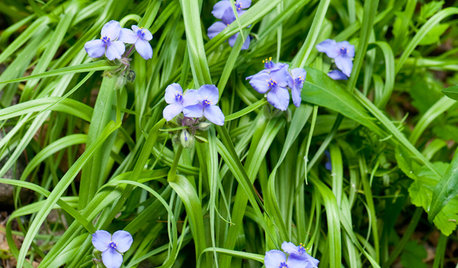
GARDENING GUIDESGreat Design Plant: Tradescantia Ohiensis Adds Shades of Blue
This reliable, adaptable U.S. native provides spider-like foliage and clusters of blue to purple flowers in Eastern gardens each spring
Full Story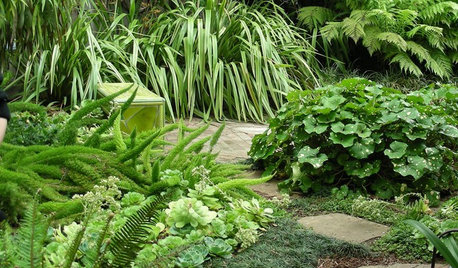
PLANTING IDEAS8 Sumptuous Shade Garden Plant Combinations
Enjoy these plant combinations made for spots with varying levels of shade and different garden zones
Full Story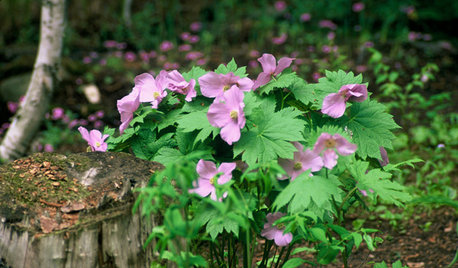
GARDENING GUIDES7 Shade-Loving Rarities of the Plant World
Cultivate a discriminating air in a shady garden patch with these uncommon woodland wonders
Full Story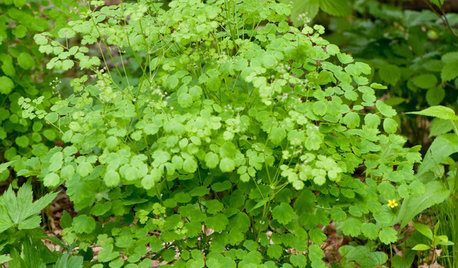
GARDENING GUIDESGreat Design Plant: Thalictrum Dioicum Thrives in Dry Shade
Plant early meadow-rue in eastern U.S. woodland gardens for its tolerance of dry sites and shade
Full Story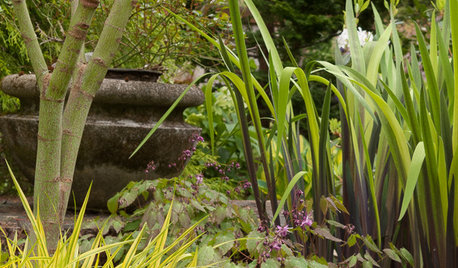
PLANTING IDEASA Great Spring Plant Combo for Dappled Shade
Time these ephemeral beauties right to watch them play off one another under a canopy of deciduous trees
Full Story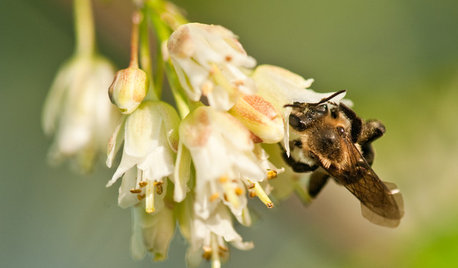
GARDENING GUIDESGreat Design Plant: Staphylea Trifolia Shines in the Shade
Plant American bladdernut for 3 seasons of interest: spring flowers and striped brown branches and bladder-like seedpods in fall and winter
Full Story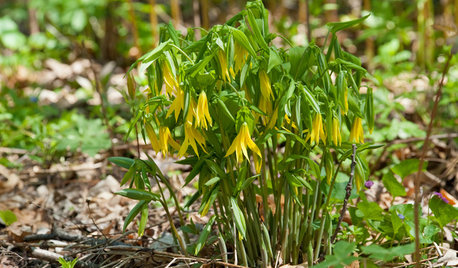
GARDENING GUIDESGreat Design Plant: Uvularia Grandiflora Thrives in Shade Gardens
Plant largeflower bellwort in eastern U.S. woodland gardens for its nodding, twisted yellow flowers in spring
Full Story
LANDSCAPE DESIGNGreat Design Plant: Retreat to the Shade of Hardy Catalpa
Big foliage and a towering height provide a shady respite in summer, but that's not all hardy catalpa offers dedicated gardeners
Full Story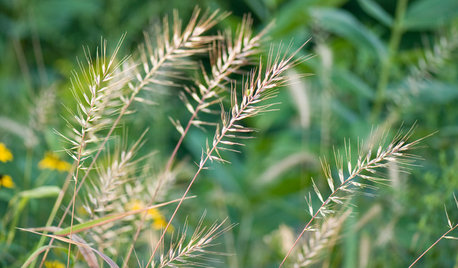
GARDENING GUIDESGreat Design Plant: Elymus Hystrix Thrives in Shade
Plant eastern bottlebrush grass in eastern U.S. woodlands or shade gardens for midsummer flower heads and blue-gray arching grass blades
Full Story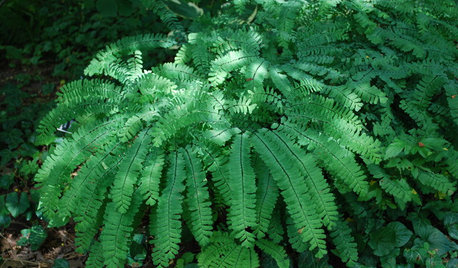
GARDENING GUIDESGreat Design Plant: Northern Maidenhair Fern Softens Shade Gardens
Stir up some romance in dark corners with the billowy fronds of native Adiantum pedatum
Full StorySponsored
Custom Craftsmanship & Construction Solutions in Franklin County






meldy_nva
meldy_nva
Related Professionals
Ashland Landscape Architects & Landscape Designers · Edmond Landscape Architects & Landscape Designers · Camas Landscape Architects & Landscape Designers · Alexandria Landscape Contractors · Cerritos Landscape Contractors · Duarte Landscape Contractors · East Patchogue Landscape Contractors · Edinburg Landscape Contractors · Nashua Landscape Contractors · Old Saybrook Landscape Contractors · St. Louis Landscape Contractors · Wallingford Landscape Contractors · Reisterstown Landscape Contractors · Berkeley Driveway Installation & Maintenance · Cincinnati Driveway Installation & Maintenancephyl58Original Author
brendainva
gardenpaws_VA
hostagal
sugarhill